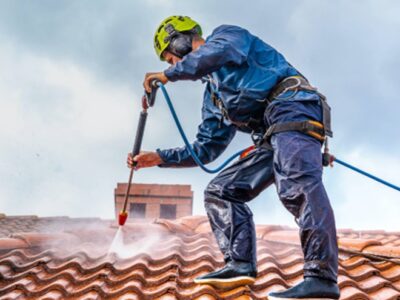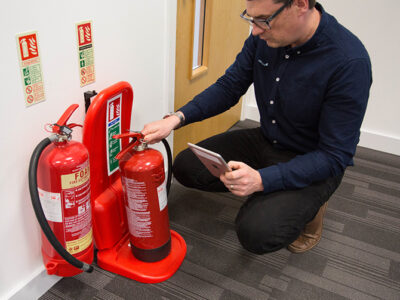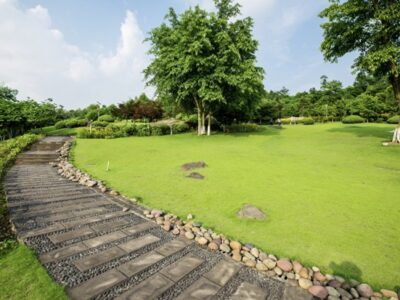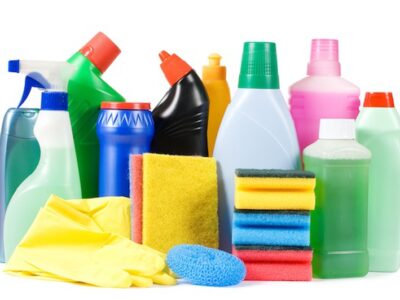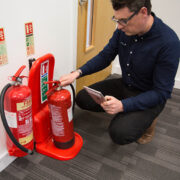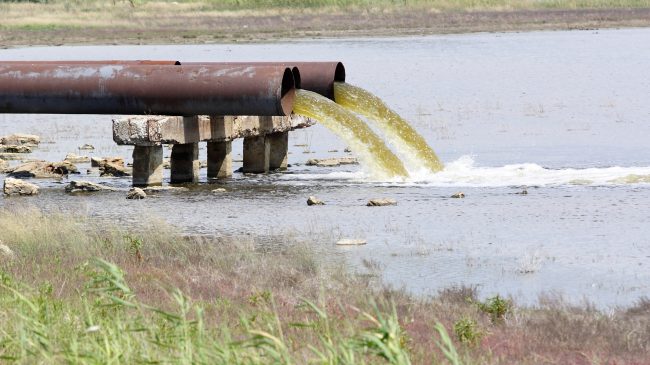
If you have a sewage spill, you may wonder what you can do to make the water safe to drink. The water often looks cloudy or murky because of the particles floating around. These particles, known as total suspended solids, are tiny and take a long time to settle. Unfortunately, these particles can also carry harmful bacteria, making them unsafe to drink.
Activated carbon
Activated carbon for water clean up is a common substance that can be found in many places. It is easily accessible and comes from carbonaceous sources such as wood, bamboo, sawdust, coconut shells, petroleum pitch, coal, and peach pits. It is then treated to develop millions of tiny pores that can absorb impurities from water. Here are some examples of the use of activated carbon in water treatment.
The most common use of activated carbon is to remove organic constituents from water supplies. This process reduces health risks and protects other water treatment units while adding nothing to the treated water. However, there are different types of activated carbon, each with unique properties. This makes it essential to complete thorough comparisons to choose the most appropriate carbon for your water treatment application. Therefore, we will examine several types of activated carbon and discuss the advantages and disadvantages of each type.
Chemical oxidation
Over the centuries, chemical oxidants have disinfected water and abetted organic and inorganic pollutants. This book will discuss the four aspects of oxidative micropollutant abatement. It will also provide cost-effective solutions to water quality issues.
This process is also known as partial oxidation. It can eliminate inorganic components but is not entirely selective. It also increases sludge production and destroys other biological purification techniques. However, it can be used for water clean-up if the other natural methods have been exhausted. This method also has limited space requirements and can be used in post-biological treatment.
Bioremediation
The application of bioremediation for water clean-up can improve the treatment of contaminated sites by utilizing the natural processes of degrading contaminant compounds. This process works by stimulating the growth of certain microbes that use contaminant compounds as a source of food and energy and convert them into harmless gases. The microbes’ environment must be optimally maintained to promote growth and degradation. The application of appropriate amendments can accelerate the process.
This technique is currently being used in numerous industrial settings for sewage treatment. However, most bioremediation processes are costly and involve heavy energy inputs. The global focus on sustainable wastewater treatment has prompted many countries to utilize bioremediation to treat wastewater. The process is a cost-effective, long-term solution to the wastewater treatment challenges of industrial facilities. Using bioremediation, water can be cleaned, and the affected environment can be left in a more natural state.
Air stripping
Using air stripping for water clean up can be an effective method for eliminating volatile organic compounds (VOCs). As the gas is vaporized, it carries with it an equilibrium concentration. To use air stripping, the water must be pretreated to remove suspended matter. The air stripper can remove up to 99% of VOCs if the water is clear. The efficiency of air stripping depends on several factors, including the air-to-water ratio and water flow rate.
The process of air stripping involves intense contact between contaminated water and air, which causes volatile compounds to be transferred from the water to the air. To maximize efficiency, the process is carried out in a counter-current flow. Air stripping uses Henry’s Law, which states that the amount of dissolved gas in a liquid is proportional to the partial pressure of the air above it. A physical parameter also governs the process, called the Henry’s Law constant.
Pumping out the water
One method of water clean up is pumping out the contaminated water. This method can be very effective for minor problems.
Pump and treat systems are used to remove contaminants from contaminated groundwater. Pumping the dirty water prevents it from moving and contaminating drinking water supplies, recreational rivers, and lakes. Because pumping does not involve human contact with contaminated water, this method benefits environmental clean-up. The pump and treatment system are closely monitored to ensure that the extraction wells work correctly. In addition, samples are taken to confirm that the contamination plume is not spreading.

